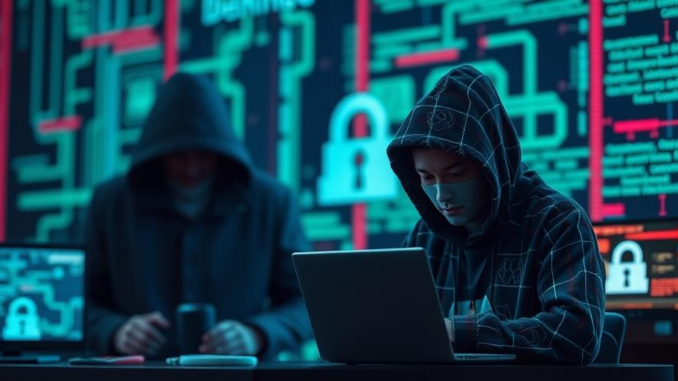
Summary
This article delves into the details of the 2006 Nationwide Building Society data breach, a significant event that highlighted vulnerabilities in data security. It also examines the increasing threat of ransomware attacks, particularly in the healthcare sector, and emphasizes the importance of robust cybersecurity measures. The article concludes with recommendations for individuals and organizations to protect themselves from these evolving threats.
Main Story
Okay, so remember back in 2006? Seems like ages ago, right? Well, that year, Nationwide Building Society had this massive data breach, it was a real eye-opener. A laptop, stolen from an employee, contained personal info on like, 11 million customers! Can you believe it?
It wasn’t just the theft itself; it was the fact that the data wasn’t even encrypted. Talk about leaving the door wide open! And to make matters worse, their response was kinda slow, giving hackers plenty of time to potentially do some damage. As a result of the breach, the Financial Services Authority (FSA) slapped them with a hefty fine, almost a million pounds. Which, yikes, sends a pretty clear message about taking data security seriously, don’t you think?
Now, fast forward to today, and the game has completely changed. Ransomware is everywhere, and it’s hitting hospitals and healthcare providers particularly hard. And, I mean, why wouldn’t it? They’re goldmines of sensitive patient data. Hospitals are kinda sitting ducks, honestly, which is a scary thought.
Think about it: A ransomware attack can shut down a hospital’s entire system, delaying treatments, and potentially putting lives at risk. It’s not just about the money, though that’s definitely a factor; it’s about patient safety, too. I read about a case in Germany where a hospital was hit with ransomware and a woman died because the ambulance had to be diverted to another town, a lot further away. That’s not okay. I’m not trying to scaremonger, but it highlights how critical this really is. Like, it’s no longer a matter of ‘if’ but ‘when’ for a lot of organizations.
So, what can we do about it?
Well,
- For individuals, it’s about practicing good password hygiene, being wary of phishing scams, and keeping your software updated. You know, the basics.
- Organizations, on the other hand, really need to step it up. Strong encryption, regular backups, and employee training are non-negotiable. If you think ‘oh we won’t be a target’, think again!
- And when it comes to healthcare, there’s even more at stake. Hospitals need to invest in cutting-edge security, conduct regular vulnerability assessments, and have clear incident response plans in place. It’s about being proactive, not reactive. I have seen too many companies wait until there is a problem before even thinking about it.
That said, there isn’t a single solution that fixes everything. It requires vigilance and investment. It sounds expensive, but think of the cost to your reputation, the financial impact of a major breach, and the damage to your customers.
To sum it all up:
- The Nationwide breach taught us a hard lesson about data security.
- Ransomware is a major threat, especially to healthcare.
- Strong cybersecurity is essential for everyone.
But even more than that, it is vital to have a proactive attitude, and to collaborate, communicate and educate. What do you think? Should we all do a bit more to help prevent these attacks?


11 million customer records on a stolen, unencrypted laptop in 2006? Remind me, what cutting-edge security measures were Nationwide considering *then*? Carrier pigeons perhaps? Seriously, though, did they even *have* a Chief Information Security Officer back then, or was it just Dave from IT?
That’s a great point about the CISO role back then! It really highlights how much the security landscape has evolved. I wonder how many companies at that time truly understood the need for dedicated security leadership, and how many were relying on “Dave from IT” to handle everything? It’s a good reminder of how far we’ve come. Perhaps Dave from IT is a CISO now!
Editor: MedTechNews.Uk
Thank you to our Sponsor Esdebe
11 million records on *one* unencrypted laptop? I’m more concerned about the employee trusted with that kind of data! Were they also in charge of the office biscuits? Perhaps a thorough biscuit tin audit should be the *first* line of defence now?
That’s a funny take on it! The human element is definitely key. While robust systems are crucial, security awareness training for employees is just as important. Maybe biscuit-related security protocols are the future of cybersecurity! It starts with the small things.
Editor: MedTechNews.Uk
Thank you to our Sponsor Esdebe